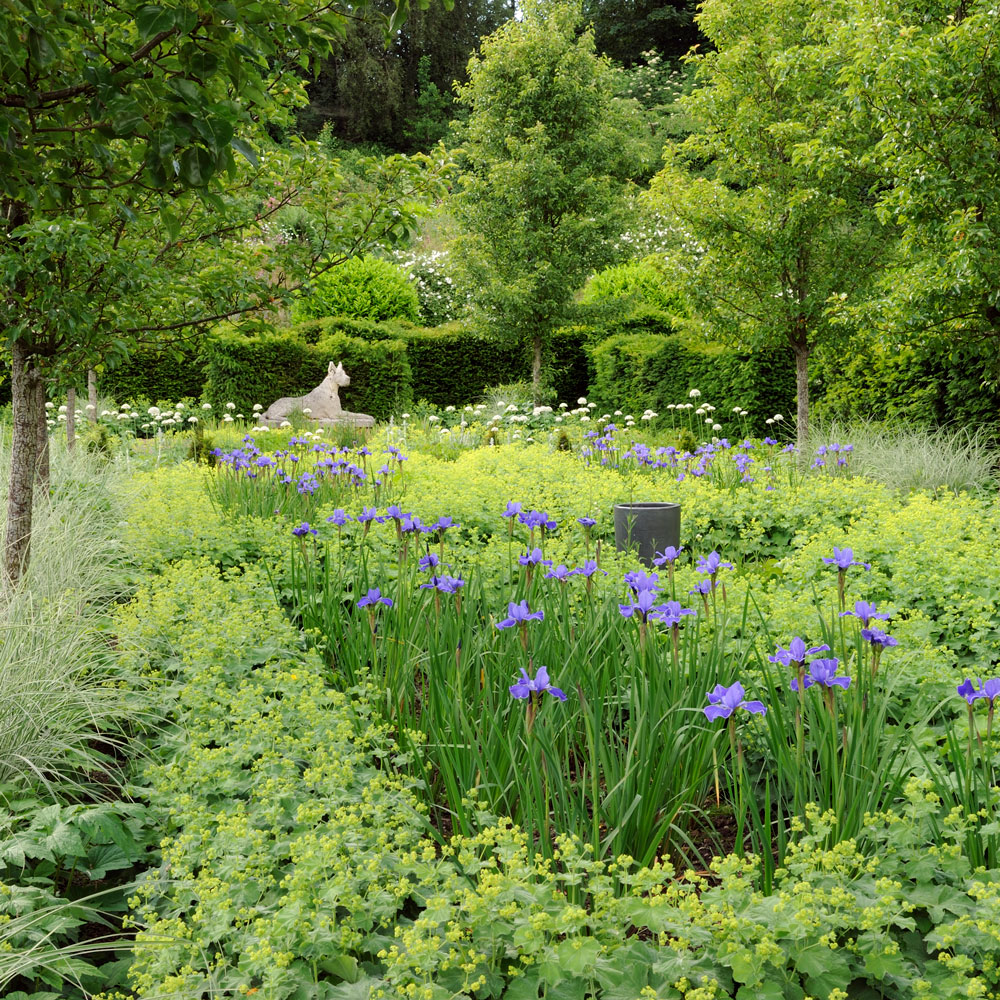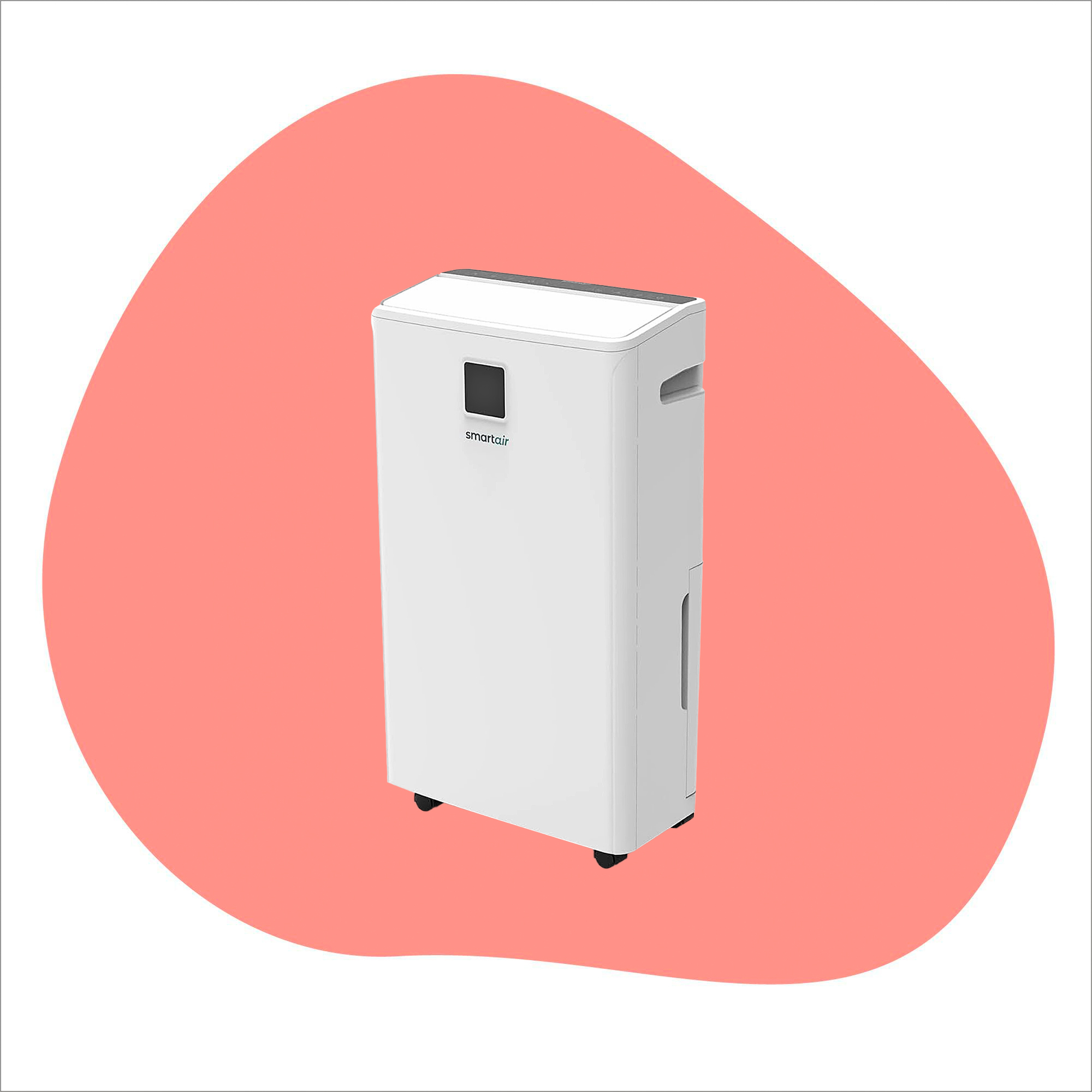10 pollution-tolerant plants and how to care for them
Don't let city life get the better of you!
Just like humans, plants that live in cities, industrial, or built-up areas are susceptible to pollution. As they rely on carbon dioxide in clean air for photosynthesis and to prevent fungal diseases, most plants struggle to thrive in polluted areas, however there are some species that will stand the smog.

'Plants do have a hard time with pollution. Since the leaves need to ‘breathe’, anything that limits that exchange, such as airborne gasses or if the pores are blocked by dust and grime, will limit their potential. Fruit trees in particular can struggle and yields can be as low as half of what they would be in cleaner air.
Never water the leaves as if they are coated in grime, salts or pollutants it will get right into them, so always water from the base. Every so often take time to wipe the leaves down and clean them to get the grime or dirt off. A good time to do it is when it’s raining heavily. You might not clean every leaf at every level but it will make a difference. I use an old paintbrush to do this. Time spent on this will be very worthwhile. Also, expect plants in pots in cities to need a bit more feeding,' says David Mitchell, Buying Manager for Horticulture at Wyevale Garden Centres.
Wyevale Garden Centres lists 10 pollution-tolerant plants and how to care for them.
1. Callery pear – Pyrus calleryana

This ornamental pear is an exceptionally good tree for small urban gardens, with its upright, narrow shape and branches that are smothered with white blossom early in spring (April to May).
The leaves turn a vibrant red and purple in the autumn before falling and some years, the tree will produce small inedible brown fruits. It does best in a moist but well drained soil (clay, sand or loam) and in full sun.
2. Butterfly bush – Buddleja

Known as the butterfly bush, Buddleja produces clusters of deep scented flowers from midsummer into autumn (July to September).
Get the Ideal Home Newsletter
Sign up to our newsletter for style and decor inspiration, house makeovers, project advice and more.
Rich in nectar, this fast-growing, hardy deciduous shrub attracts butterflies, bees and other insects and thrives in any well-drained soil (chalk, loam or sand).
3. Camellia

Producing rich, colourful flowers with ruffled petals and golden stamens in late winter into spring (February to April), which are offset by glossy evergreen leaves, the Camellia proves that beautiful plants can also be tolerant to pollution.
Plant in light shade and in shelter and in moist but well-drained, humus-rich, lime-free soil (loam) or in a container, in ericaceous (lime-free) compost.
4. Buxus sempervirens

This classic British native evergreen is ideal for low hedging, boundaries or divisions in formal gardens in both modern and traditional settings.
It responds well to being trimmed and thrives in the shade and most well-drained soils (chalk, loam or sand). It’s excellent for growing in containers, as topiary and for training as feature plants.
5. Gold Flame – Lonicera x heckrottii

This honeysuckle flowers in summer (June to August) and bears tubular pink flowers with warm orange-yellow petals. It has a delicious fragrance and bees and butterflies love it!
It doesn't have the twining branches that many other honeysuckles do, so needs to be supported. It’s best in moist but well-drained soil (chalk, loam or sand) in sun or partial shade and ideal for informal borders and cottage garden style planting.
6. Maidenhair tree – Ginkgo biloba

This large deciduous tree will be too big for small urban gardens, but it’s worth mentioning, as it’s very tolerant to pollution. It has fan-shaped leaves, which turn yellow in autumn and on female trees, produce yellow fruits which smell rather unpleasant!
It will thrive in well-drained soil (chalk, loam, sand or clay).
7. Arrowwood – Viburnum x bodnantense

This is a superb variety of viburnum as it has bright pink, sweetly scented flowers which open on dark stems from November to May.
It’s a vigorous, upright shrub, that looks good all year and is easy to grow in moist but well-drained fertile soil (chalk, loam or sand), in sun or light shade and sheltered from cold winds.
8. Barberry – Berberis

This easy to grow barberry has spiny shoots and simple leaves. Soft yellow or orange flowers appear in spring (April to May) and are followed by small berries in the autumn.
This deciduous or evergreen shrub will succeed in a wide range of conditions. Plant in full sun or partial shade in well-drained humus-rich soil (chalk, loam or sand), although it will be tolerant of most soils as long as they are reasonably well-drained.
9. Flowering quince – Chaenomeles

Chaenomeles flower in spring and produce edible fruits in autumn, which can be used for jelly-making.
It provides early nectar for bees and thrives in any well-drained, fertile soil (chalk, loam or sand), in sun or light shade. It’s great for training under house windows or on low walls and fences.
10. Redclaws – Escallonia
This is a handsome, vigorous, large evergreen shrub, quite different from other escallonias, with larger, glossy, rich green leaves and clusters of scented white flowers in mid and late summer (July to August).
Plant in well-drained, fertile soil (chalk, loam or sand) in full sun or partial shade, sheltered from cold winds. It can be grown in the open in mild areas, but it’s best grown against a south-facing wall in cold areas.
Want to see more garden ideas? READ: Small garden ideas to make the most of a tiny space
Will you be incorporating these pollution-tollerant plants into your garden decorating scheme?
Jennifer is the Deputy Editor (Digital) for Homes & Gardens online. Prior to her current position, she completed various short courses a KLC Design School, and wrote across sister brands Ideal Home, LivingEtc, 25 Beautiful Homes, Country Homes & Interiors, and Style at Home.
-
 I tried out this neat little dehumidifier for a month – it dried my laundry in half the time
I tried out this neat little dehumidifier for a month – it dried my laundry in half the timeThe 20L SmartAir Dry Zone dehumidifier tackled my laundry drying woes head on
By Jenny McFarlane
-
 I’m seeing pastel garden furniture at all my favourite brands this spring, but QVC’s sorbet collection impressed me the most
I’m seeing pastel garden furniture at all my favourite brands this spring, but QVC’s sorbet collection impressed me the mostFresh pastel shades are a great way to liven up your outdoor space
By Kezia Reynolds
-
 Don't tell my flatmates, but Joseph Joseph's clever new sink range finally made me enjoy washing up
Don't tell my flatmates, but Joseph Joseph's clever new sink range finally made me enjoy washing upI didn't know stylish washing up accessories existed until I saw this collection
By Holly Cockburn